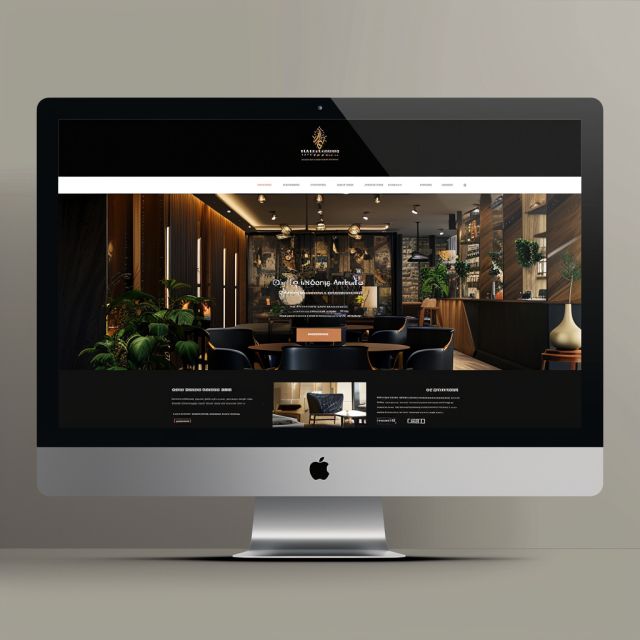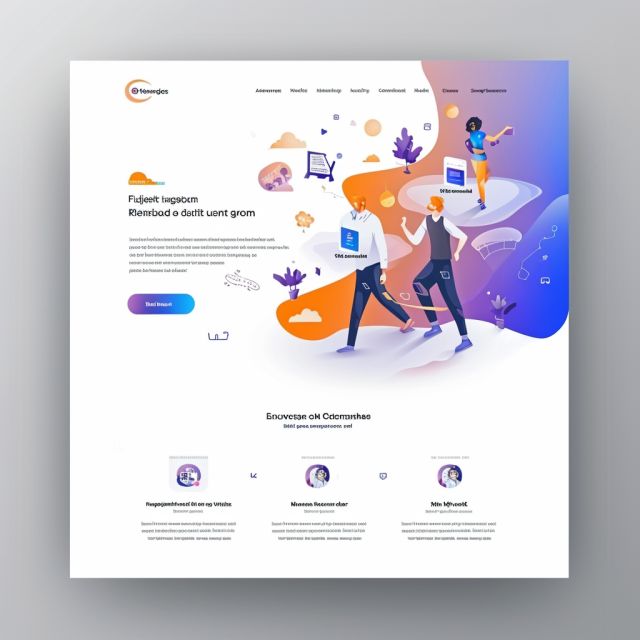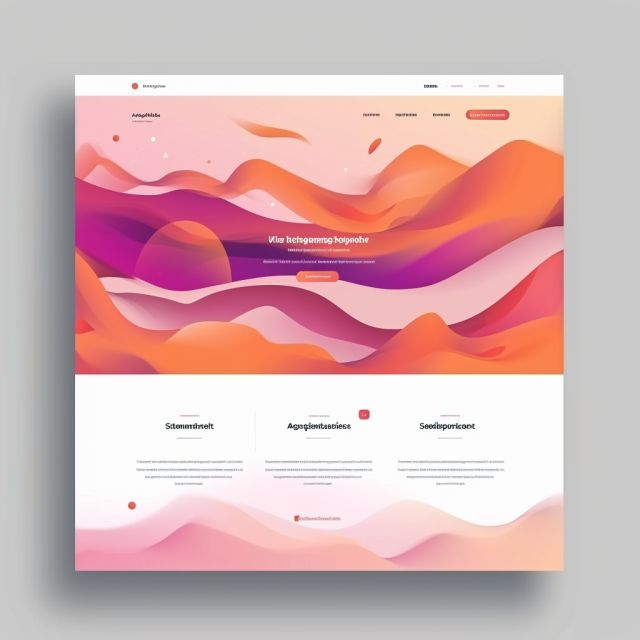Introduction
In the digital age, where online presence reigns supreme, web design plays a pivotal role in shaping the success of businesses and organizations. Beyond aesthetics, web design serves a fundamental purpose in enhancing user experience, driving engagement, and achieving business objectives. In this blog post, we’ll delve into the main purpose of web design and explore how businesses like AppliedMotion leverage effective web design to achieve their goals.
Understanding the Purpose of Web Design
At its core, the main purpose of web design is to create a visually appealing, user-friendly, and functional website that effectively communicates the brand message and facilitates user interaction. Web design encompasses a range of elements, including layout, color scheme, typography, navigation, and functionality, all of which work together to deliver a seamless and engaging user experience. Whether it’s a corporate website, e-commerce platform, or informational blog, the primary goal of web design is to attract and retain visitors, drive conversions, and ultimately achieve business success.
Key Objectives of Web Design
Enhancing User Experience: A well-designed website prioritizes user experience by ensuring intuitive navigation, fast loading times, and mobile responsiveness. By providing users with a seamless and enjoyable browsing experience, businesses can increase engagement, reduce bounce rates, and foster positive perceptions of their brand.
Communicating Brand Identity: Web design plays a crucial role in conveying the brand identity and personality of a business. Through elements such as color palette, imagery, and typography, businesses can establish a cohesive and memorable brand image that resonates with their target audience and sets them apart from competitors.
Driving Conversions: Effective web design is focused on guiding users through the conversion funnel and encouraging them to take desired actions, such as making a purchase, filling out a contact form, or signing up for a newsletter. By strategically placing calls-to-action, optimizing landing pages, and streamlining the checkout process, businesses can maximize conversions and achieve their marketing objectives.
Improving Search Engine Visibility: Web design also plays a role in search engine optimization (SEO) by ensuring that websites are structured, coded, and optimized for optimal visibility in search engine results pages (SERPs). By adhering to SEO best practices, businesses can improve their organic search rankings, attract more traffic, and increase their online visibility.
Introduction to AppliedMotion’s Physiotherapy Mount Hawthorn
AppliedMotion is a trusted provider of physiotherapy services in the Mount Hawthorn area, dedicated to improving the mobility and well-being of its patients. Recognizing the importance of effective web design in attracting new patients and enhancing patient experience, AppliedMotion has invested in a user-friendly and visually appealing website that reflects its brand values and commitment to excellence. You can visit their website here https://appliedmotion.com.au/physiotherapy-mt-hawthorn/.
Web Design Strategy
AppliedMotion’s website features a clean and modern design that prioritizes ease of navigation and accessibility. The website’s intuitive layout allows visitors to easily find information about services offered, treatment options, and appointment booking, making it convenient for prospective patients to learn more and take action.
Mobile Responsiveness
In addition to desktop usability, AppliedMotion’s website is optimized for mobile devices, ensuring a seamless and consistent experience across all screen sizes. With an increasing number of users accessing websites on smartphones and tablets, mobile responsiveness is essential for reaching and engaging with a broader audience effectively.
Engaging Content and Visuals
AppliedMotion’s website features engaging content and visuals, including informative articles, patient testimonials, and high-quality imagery. By providing valuable information and showcasing real-life success stories, the website builds trust and credibility with prospective patients, encouraging them to choose AppliedMotion’s Physiotherapy for their physiotherapy needs.
Conclusion
In conclusion, the main purpose of web design extends far beyond aesthetics—it’s about creating a user-friendly, visually appealing, and functional website that effectively communicates the brand message and achieves business objectives. From enhancing user experience and driving conversions to communicating brand identity and improving search engine visibility, web design plays a crucial role in shaping the success of businesses and organizations in the digital age. As demonstrated by AppliedMotion’s Physiotherapy Mount Hawthorn, investing in effective web design can significantly impact business growth, attracting new patients, and fostering long-term relationships with customers.





